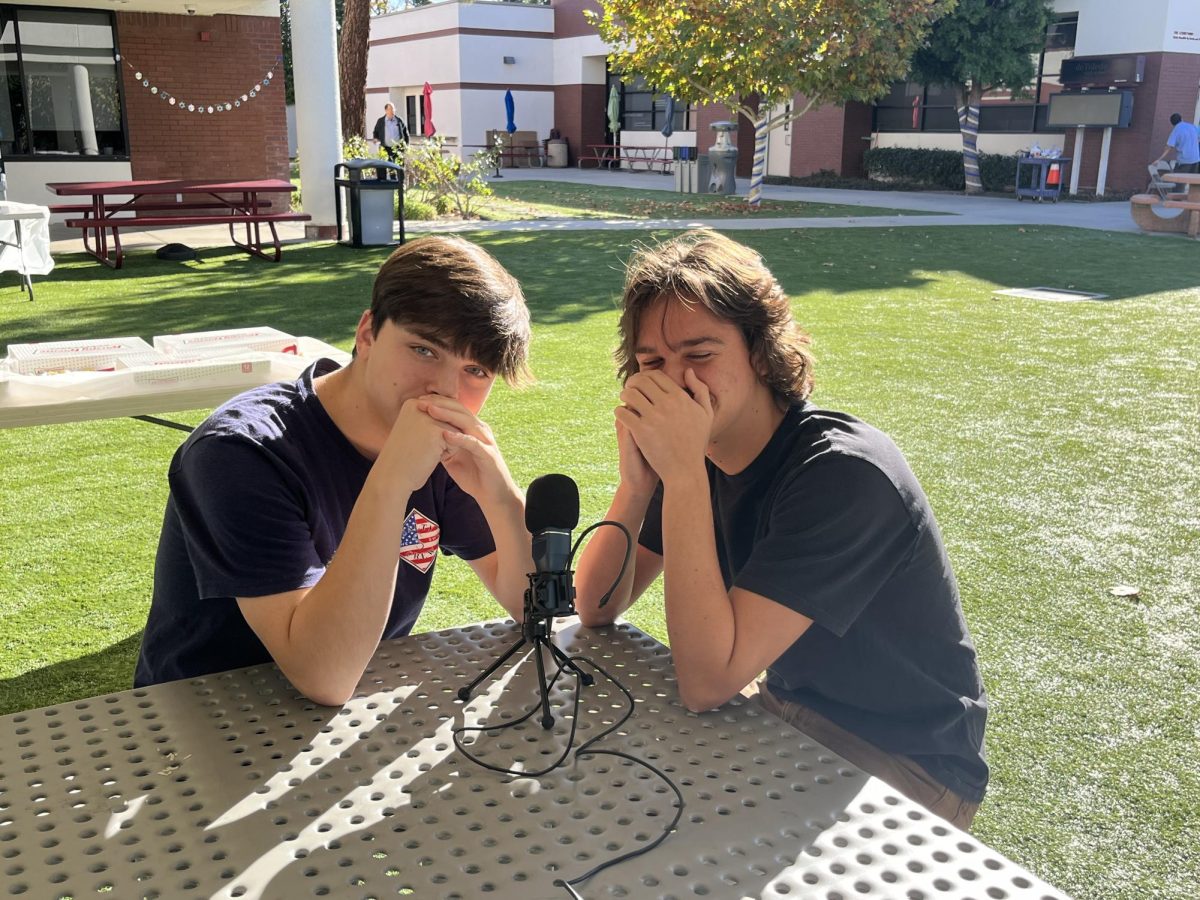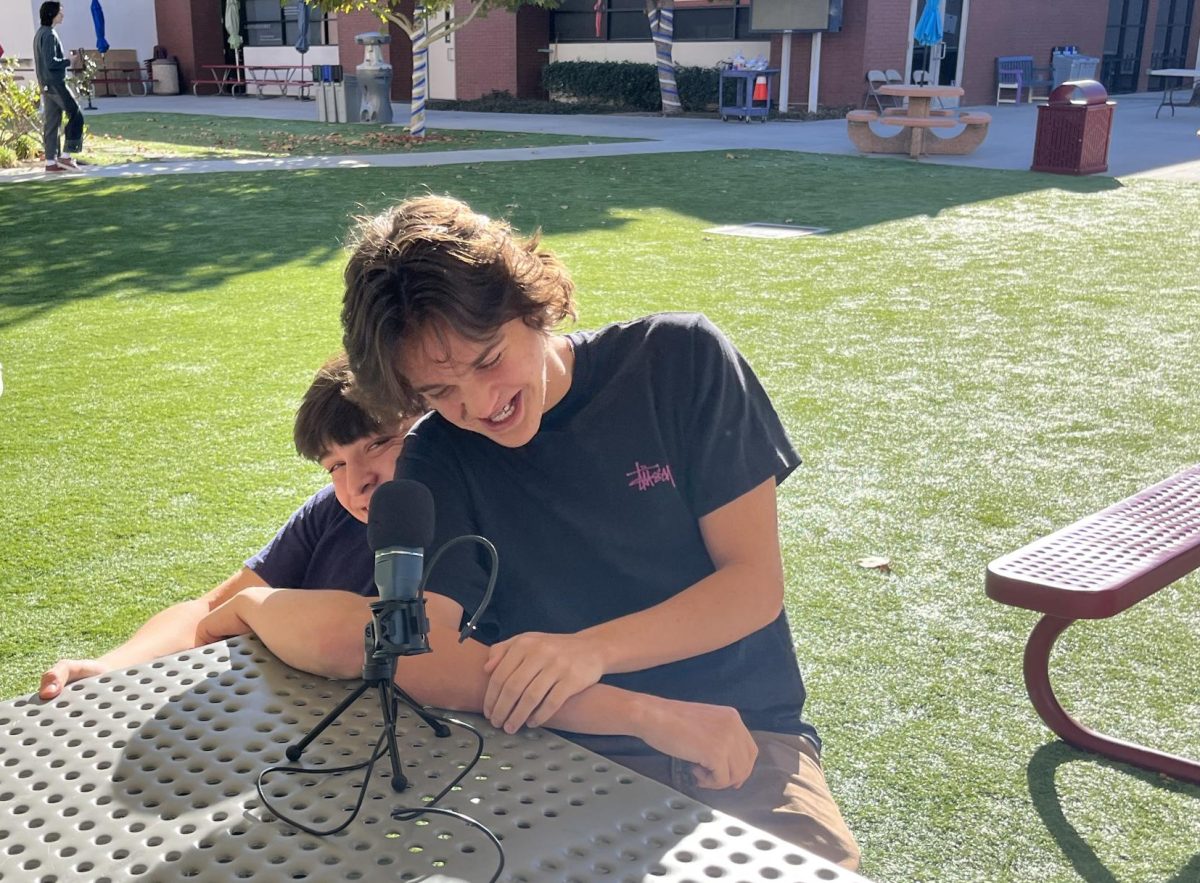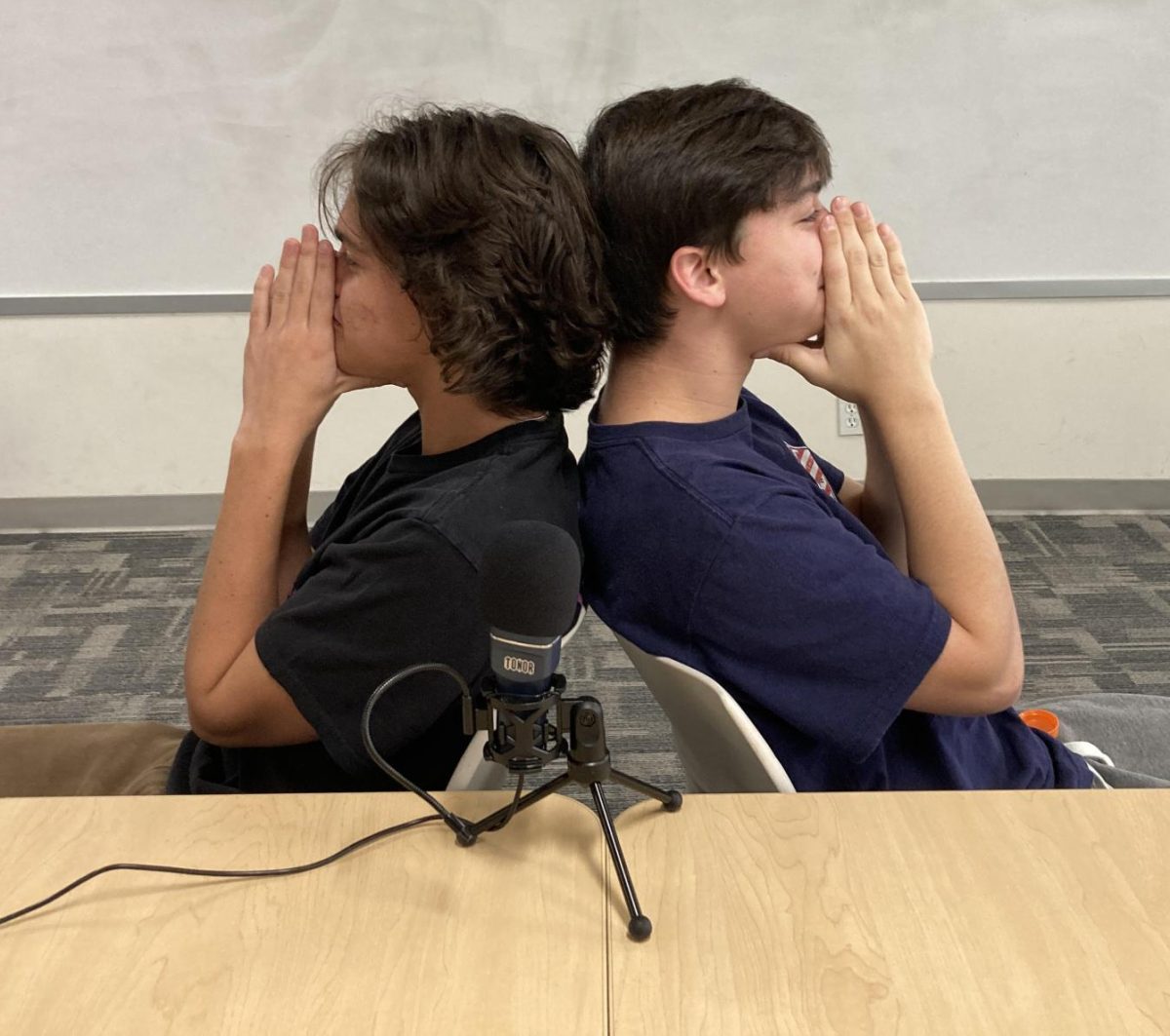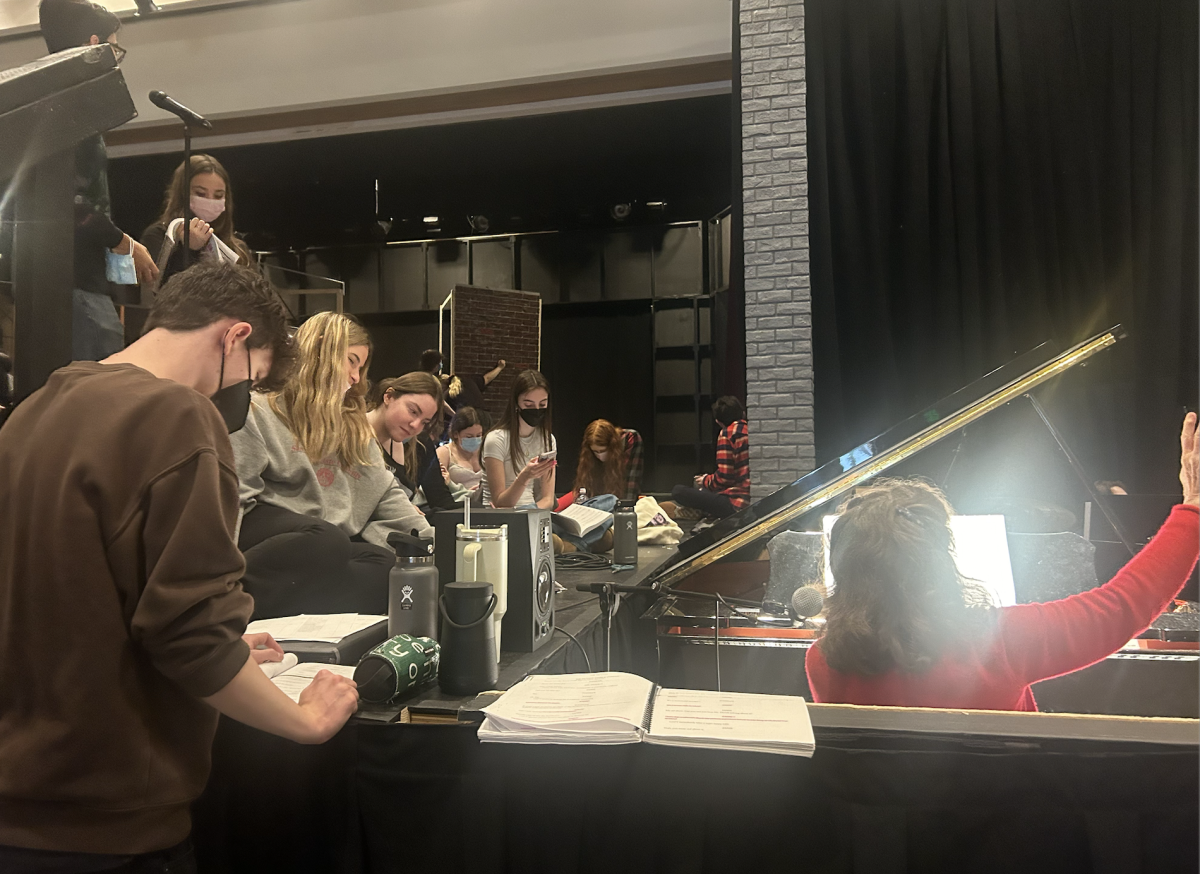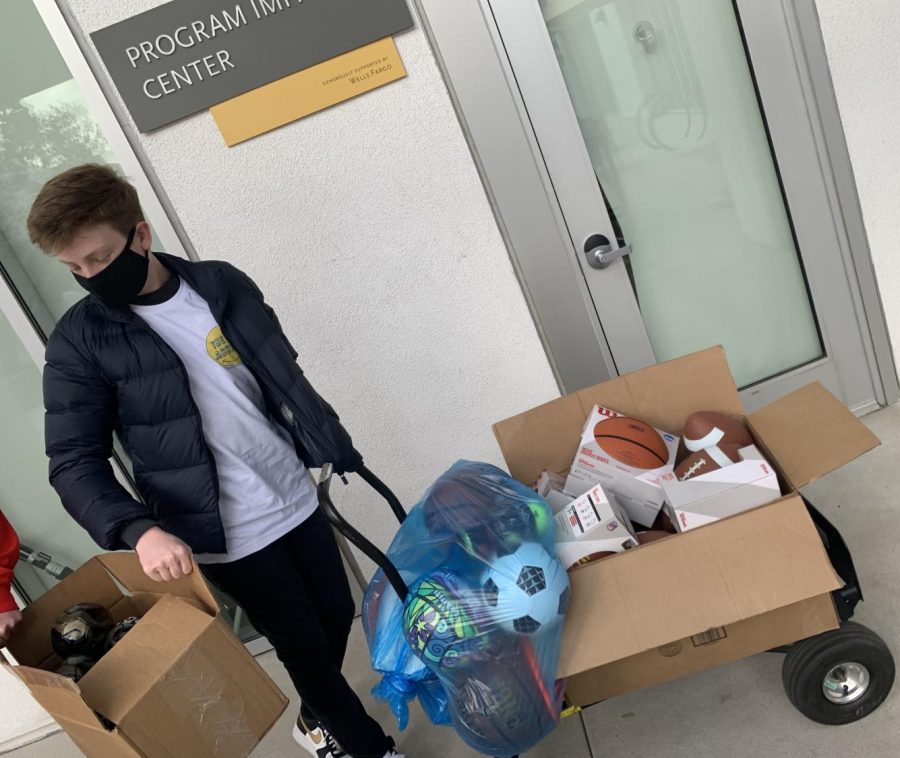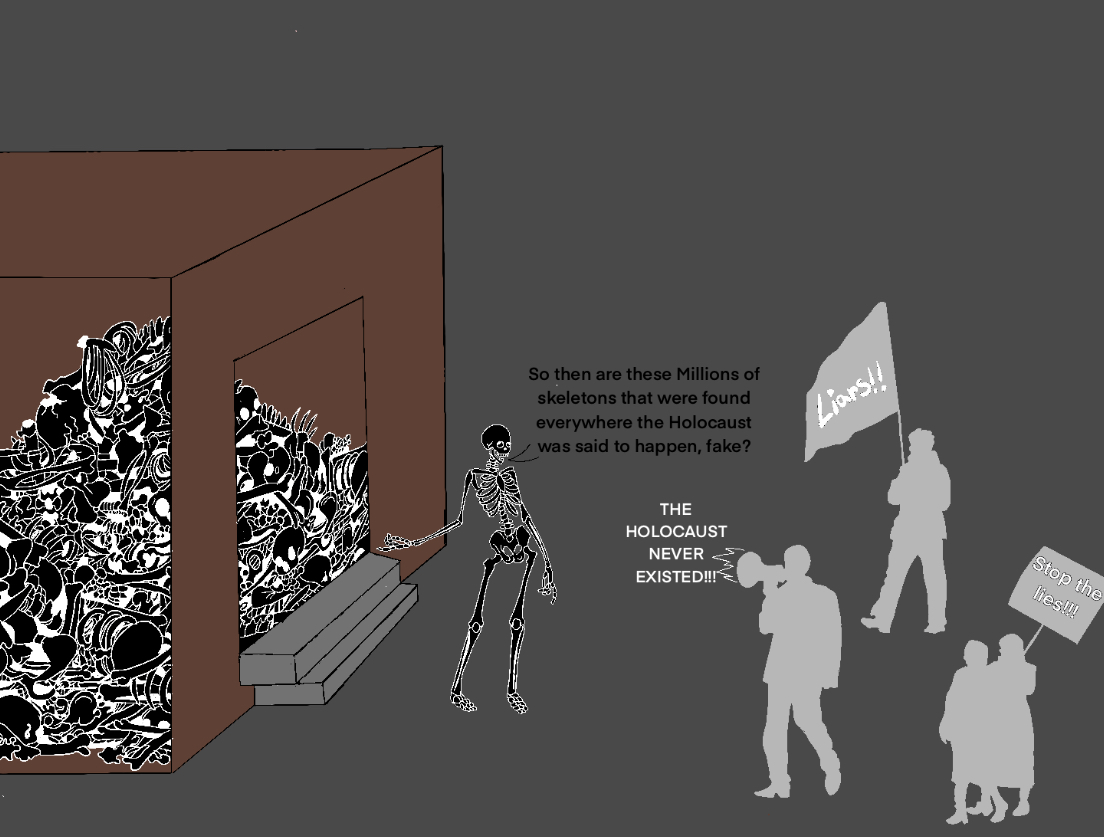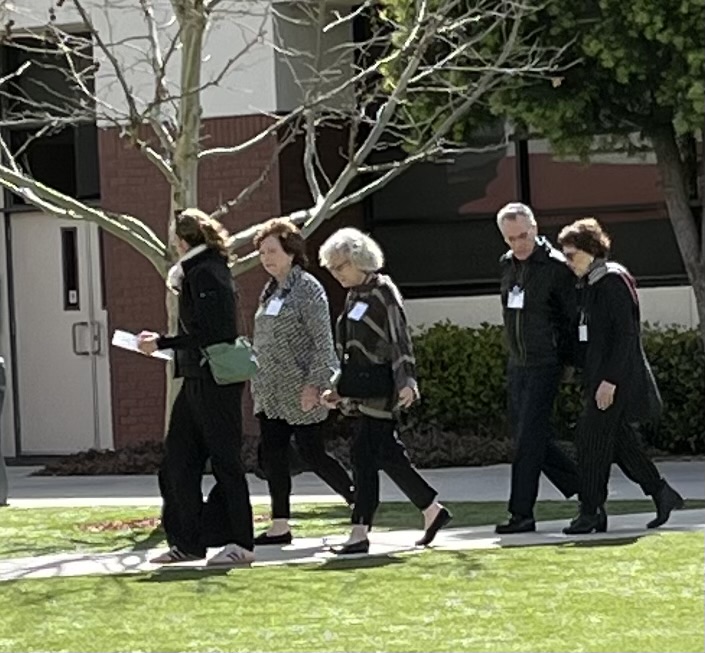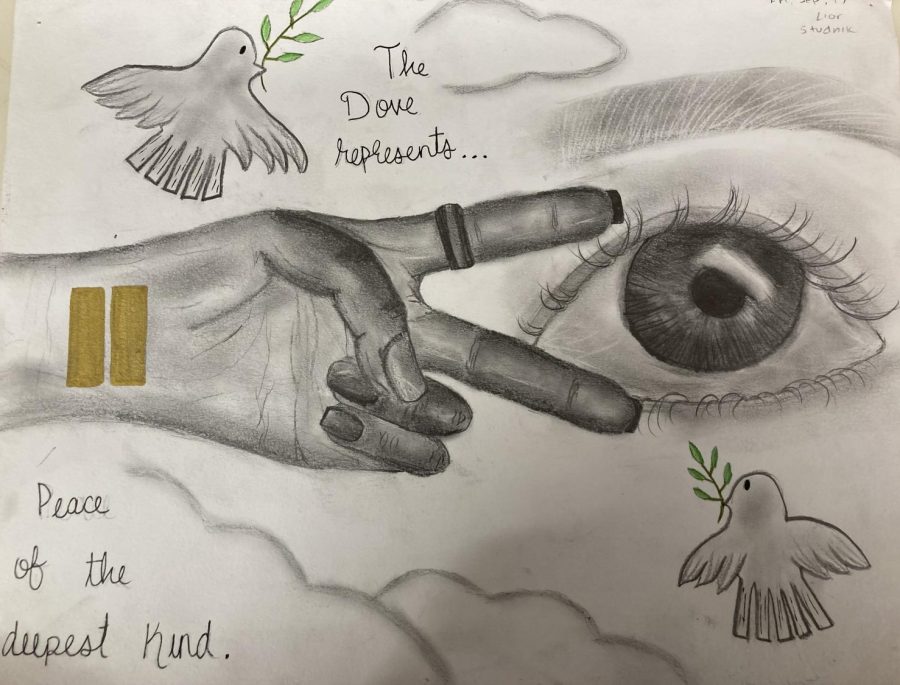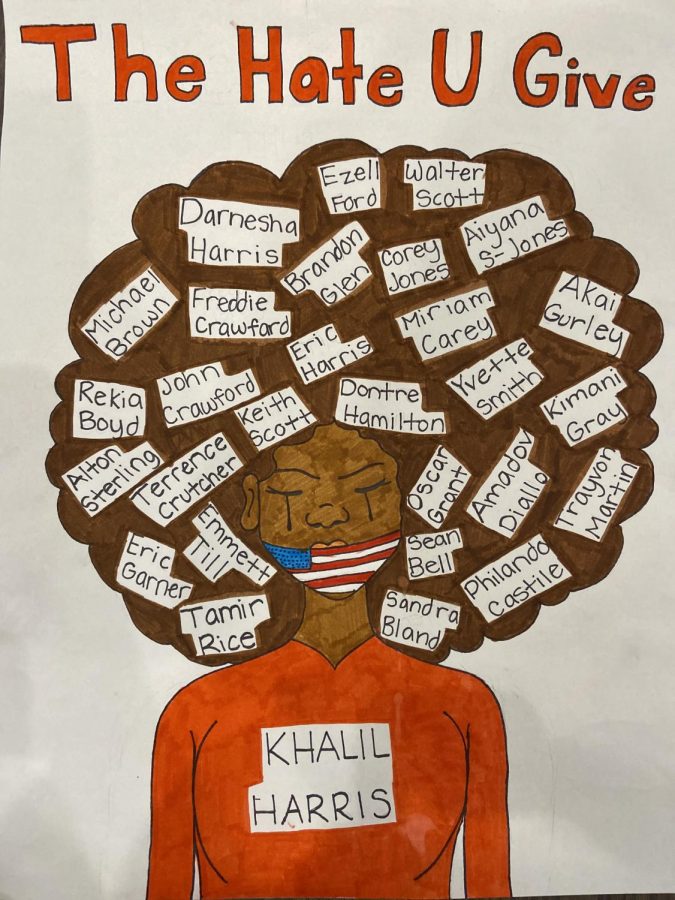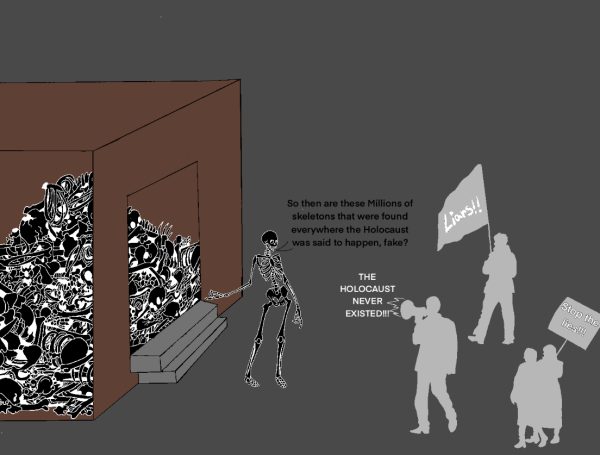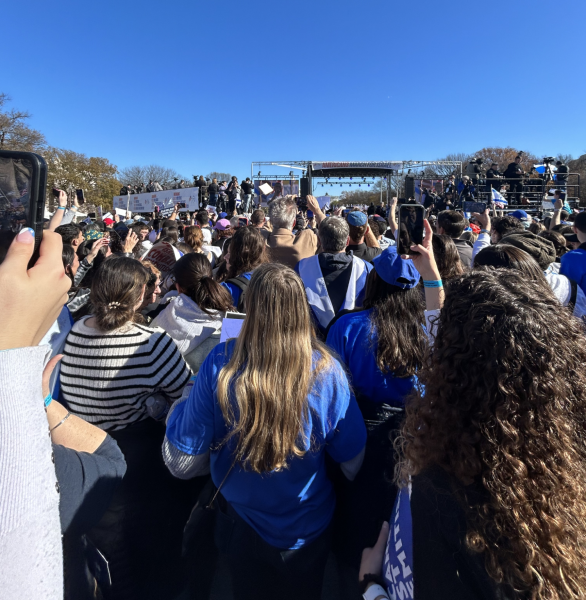Violence Against Women Should Be a Thing of the Past
June 14, 2018
It was dark, but that wasn’t why she couldn’t see. Her head was throbbing and heavy, her blood stained the furniture around her. She lifted her phone in front of her face, took a quick picture, and texted it to her friend. It was a last ditch effort, probably not even worth it, but it was all she could do before she heard him coming again. The likelihood of survival seemed slim at best, but that’s what a skull fracture, brain hemorrhaging, and permanent damage to an optical nerve will do to a person.
She was 31, a model, living in London with her boyfriend of 18 months. He’d seen a text from a friend of hers encouraging her to leave him, and became furious. He locked her in his apartment for 21 hours, after beating her nearly to death. Then he returned to take her to a hospital with the story that she’d fallen down a staircase. The police, however, discovered the truth, and convicted him, Michael Goodwin, of abuse, with a sentence to four years and three months in prison.
Martha Dolak’s experience was an anomaly, a unique circumstance, an utterly irregular occurrence….right? In an ideal world, yes, but in the one we live in, it is sadly much more common than it may seem. With society becoming more progressive every day and social movements changing the way all minority groups, including women, are viewed, shouldn’t there be little to no domestic violence or sexual assault cases whatsoever? The reality of abuse and assault today is shocking and seems counterintuitive.
In recent decades, The Guardian reported, violent crime rates as a whole were falling. This reached a turning point in 2009. Although violence against men continued a steady decline, domestic violence and violence against women by close friends or acquaintances had increased so dramatically that it heightened levels of violent crime as a whole.
The Guardian, in a separate report, found that in four out of five domestic violence homicides, men were killing women. Nearly half of these homicides, it was found, were within the first three months after the relationship had ended. An overwhelming number of both perpetrators and victims were also parents to children. Of all the cases studied, two percent (three men) killed their male partner, and no woman killed her female partner.
A tactic often used in abusive relationships is known as emotional abuse, defined by the Domestic Violence Prevention Centre as “behaviour employed by abusers to frighten, belittle, humiliate, unsettle and undermine a victim’s sense of self-worth.”
Emotional abuse “was used by 84% of the men who killed a current or former partner in the lead-up to her death.”
Women are being targeted by an unrecognized increase in crime, and are silenced from speaking out against the issue by the very people who perpetrate it. Acknowledging this issue is the first step toward fixing it, and we need to realize that Martha Dolak is not alone in her situation, and that there are ways we can help people like her by bringing this issue into the light and discussing it openly.
When problems aren’t apparent or placed in front of us, it’s difficult to realize or care about them, but that’s exactly why we need to care, because otherwise the issue will continue to grow outside of the public eye, unnoticed and unrestrained, like a beast in the dark.











